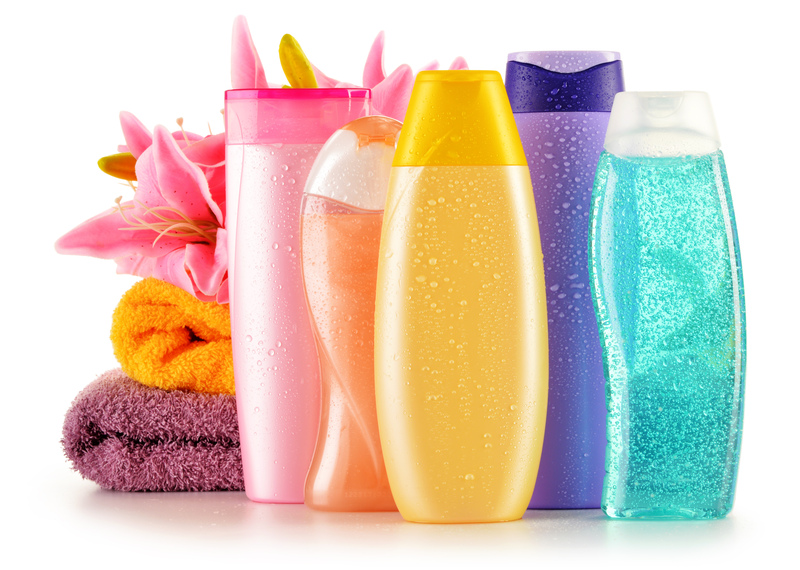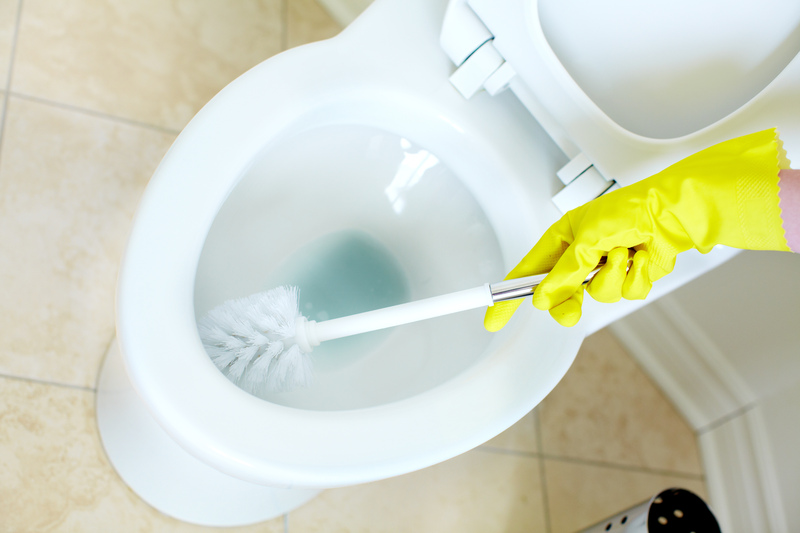Achieving a Spotless Oven
Posted on 04/09/2024
A spotless oven is the cornerstone of a well-maintained kitchen. Not only does it ensure that your food is cooked evenly and safely, but it also extends the lifespan of your appliance. Ovens are notorious for accumulating grime, grease, and burnt food residue over time, which can be daunting to clean. However, achieving a spotless oven is not as formidable as it may seem. With the right strategies and consistent maintenance, you can keep your oven looking and functioning like new.
Understanding the Importance of a Clean Oven
Before diving into the how, it's essential to understand the why. A clean oven offers several significant benefits:
- Enhanced Performance: Grease and food particles can hinder the oven's performance by blocking vents and obstructing heat. A clean oven ensures even heat distribution and optimal performance.
- Prolonged Lifespan: Regular cleaning prevents the buildup of substances that can corrode and damage the oven's interior surfaces. This maintenance can significantly extend the appliance's lifespan.
- Improved Food Quality: Residue and burnt food can alter the taste and smell of your dishes. A clean oven ensures that your food tastes as intended, free from unwanted flavors and odors.
- Safety: Excessive grease and food particles can become fire hazards. Maintaining a clean oven reduces the risk of fires and promotes a safer cooking environment.

Essential Tools and Supplies
To achieve a spotless oven, you'll need the right tools and supplies. Here's a list of essentials:
- Non-abrasive scrubbers or sponges
- Microfiber cloths
- Gloves
- Plastic spatula or scraper
- Baking soda
- Vinegar
- Dish soap
- Commercial oven cleaner (optional)
- Spray bottle
Step-by-Step Guide to Cleaning Your Oven
Let's break down the cleaning process into manageable steps:
1. Preparation
Begin by removing the oven racks and any other removable components. Place them in a sink filled with hot, soapy water to soak while you focus on the oven's interior.
Next, protect your kitchen floor by placing old newspapers or a large cloth underneath the oven door. This will catch any drips or debris during the cleaning process. Ensure the oven is completely cool before starting to avoid burns.
2. Creating a Cleaning Paste
A homemade cleaning paste works wonders for ovens. Combine half a cup of baking soda with a few tablespoons of water until you achieve a spreadable consistency. You may need to adjust the proportions to get the right texture.
3. Applying the Paste
With gloves on, use a sponge or non-abrasive scrubber to spread the baking soda paste evenly across the oven's interior surfaces, avoiding the heating elements. Pay extra attention to areas with stubborn grime or burnt-on food. The baking soda will work to break down and loosen these residues.
4. Letting It Sit
Allow the paste to sit for at least 12 hours, or overnight if possible. This step is crucial as it gives the baking soda time to penetrate and loosen the grime.
5. Scrubbing and Wiping
After the waiting period, use a damp cloth to wipe off the baking soda paste. For particularly stubborn spots, a plastic spatula or scraper can be helpful. It's essential to be gentle to avoid scratching the oven's interior surfaces.
Addressing the Oven Racks
While the baking soda paste works its magic inside the oven, turn your attention to the oven racks soaking in the sink. Using a sponge or scrubber, scrub away any remaining grime. If the racks are especially dirty, sprinkle some baking soda on them, add a bit of vinegar, and let the mixture fizz before scrubbing.
Rinse the racks thoroughly with hot water and dry them with a clean towel. You can also leave them to air dry completely before placing them back in the oven.
Cleaning the Oven Door
The oven door, particularly the glass, often collects grease and fingerprints. To clean the glass, create a mixture of equal parts vinegar and water in a spray bottle. Spray the solution onto the glass and let it sit for a few minutes before wiping it clean with a microfiber cloth.
For tougher stains, your baking soda paste can be applied to the glass, left to sit, and then wiped away as you did with the oven's interior. Always use non-abrasive tools to avoid scratching the glass.
Finishing Touches
Once the interior, racks, and door are clean, it's time for the final touches:
1. Reassemble
Place the clean racks and any other removable components back into the oven.
2. Cleaning the Exterior
Don't forget the exterior surfaces of your oven. Wipe them down with a cloth dampened with the vinegar and water solution. Pay attention to the control panel, handles, and any other high-touch areas.
3. Inspect and Test
Before using your oven again, take a moment to inspect your work. Make sure all residues have been removed, and the oven is dry. Turn the oven on to a low temperature for a few minutes to ensure it's functioning correctly and to help evaporate any remaining moisture.

Tips for Maintaining a Clean Oven
To avoid the need for deep cleaning sessions, adopt these maintenance tips:
- Wipe Spills Promptly: Clean up spills and splatters as soon as the oven cools down to prevent them from baking on during the next use.
- Use Oven Liners: Place oven liners or baking sheets on the lower racks to catch drips and spills, making cleanup easier.
- Steam Clean Regularly: Some modern ovens have a steam clean feature. Use it regularly to keep grime from building up.
- Inspect and Clean Monthly: Set a monthly schedule to inspect and wipe down your oven to maintain its cleanliness and performance.
Conclusion
Achieving a spotless oven is not only about aesthetics but also about enhancing the functionality, safety, and longevity of your appliance. While it requires time and effort, the benefits are undeniable. By understanding the importance of a clean oven, using the right tools, and following a systematic cleaning process, you can maintain an oven that performs optimally and ensures the best culinary outcomes.
Remember, consistency is key. Regular maintenance and prompt cleaning of spills will save you from the arduous task of deep cleaning. With these tips and a dedicated approach, you can enjoy a spotless oven and a more pleasant cooking experience.







